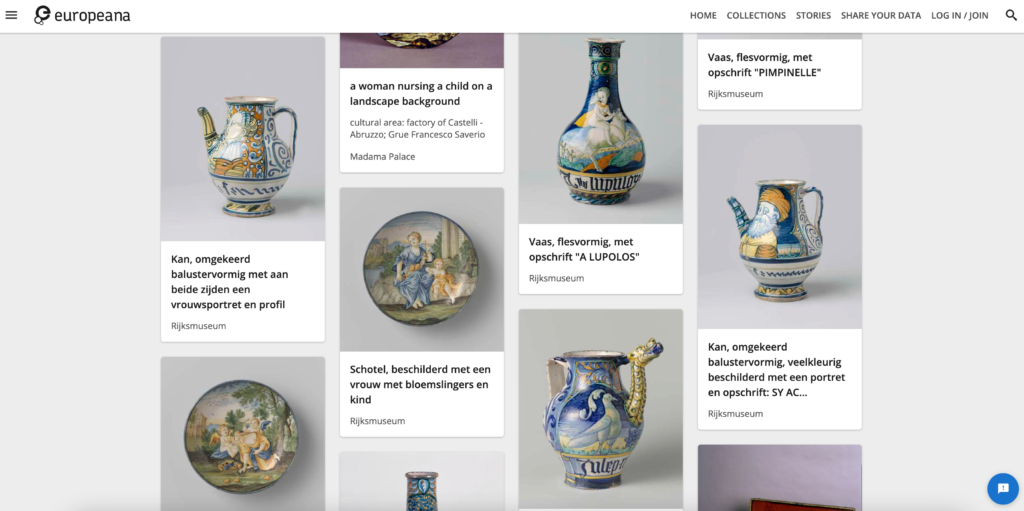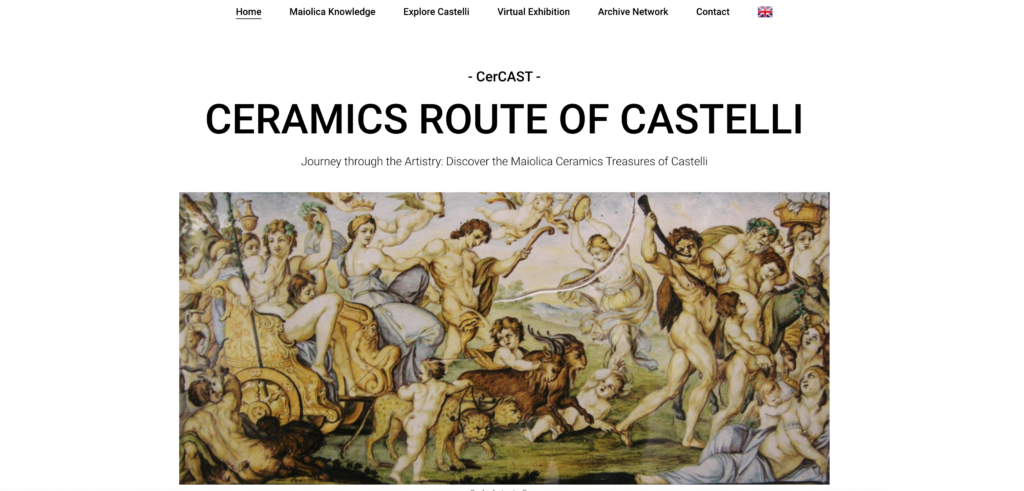As a doctoral researcher, my work centers on the historic ceramic town of Castelli in the Abruzzo region of Italy. Castelli is renowned for its exquisite Maiolica—a type of tin-glazed pottery that reached its artistic and technical height between the 15th and 17th centuries. Once a thriving hub of ceramic innovation, the town’s legacy now rests in quiet workshops, scattered archival materials, and museum collections across Europe. My project seeks to reweave these threads into a living cultural narrative, both for the people of Castelli and for a wider international audience.

The heart of my research lies in storytelling—not just the story of the objects, but of the place and people who made them. The Ceramics Route of Castelli is a curated cultural route designed to guide visitors, researchers, and artisans through the town’s artistic heritage. But it’s not just a walking path. It’s an experience: a way to encounter local knowledge, architectural landmarks, historical traces, and—most importantly—the lived traditions of ceramic craft that persist today.
To expand access beyond geographic boundaries, the project also includes a series of digital initiatives. Under the title Ceramics Route of Castelli, I’ve developed a network of archival resources and virtual exhibitions. These platforms gather dispersed historical documents, imagery, and artistic data related to Castelli’s Maiolica production. Together, they form a digital repository that not only preserves fragile materials but presents them in an accessible, connected, and visually engaging way.
One of the project’s goals is to make Castelli’s ceramic legacy visible again—not just to researchers, but to the very communities and makers who keep the tradition alive. By combining academic research with cultural marketing strategies, I aim to support a renewed appreciation for this heritage while also offering tools that local artisans and institutions can use to promote their work in contemporary contexts.
This is also a collaborative effort. The route and exhibitions are curated in conversation with ceramic artists, local historians, and cultural stakeholders in Castelli. Their insights shape the narrative, ensuring that it remains grounded in lived experience rather than distant observation. I believe heritage work is most meaningful when it’s shared—when it becomes something that invites participation rather than merely observation.

Ultimately, this project is about more than ceramics. It’s about asking what it means to care for tradition in the present moment. How do we remember through objects? How do we reanimate cultural practices without reducing them to nostalgia or spectacle? In searching for answers, I hope to contribute not only to the preservation of Maiolica but also to a broader conversation on how heritage can be reimagined through digital tools and artistic practice.
Virtual Exhibition about the Ceramic Route of Castelli